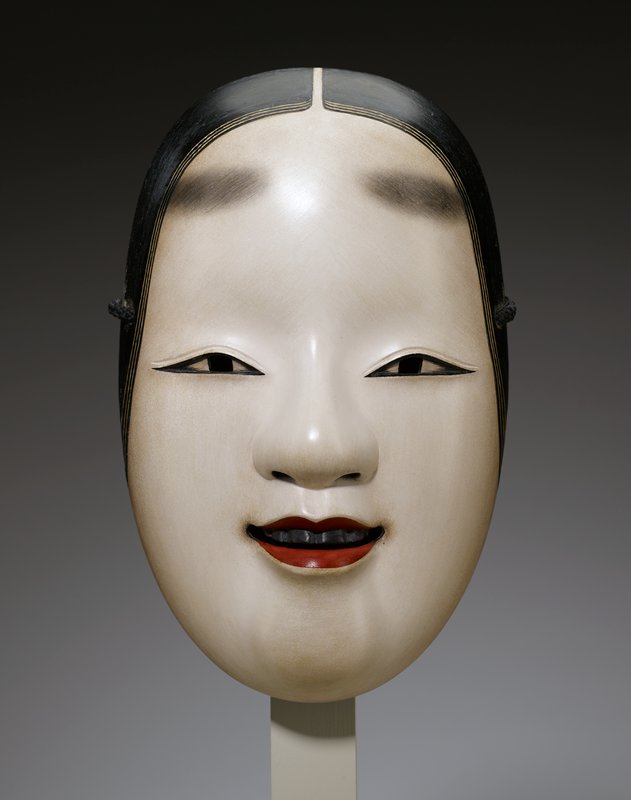Our ancestors cut off the brightness on the land from above and created a world of shadows, and far in the depths of it they placed woman, marking her the whitest of beings.
Within less than one hundred pages, the author (one of the most notable modern Japanese writers) analyses his homeland’s artistic taste, and concludes that its emphasis on evanescence and imperfection can be fully experienced in half-light only. Tanizaki considers the preference for darkness as specific to Japanese mentality, an inheritance from the Buddhist tradition of observation, acceptance and respect towards Nature. As such, the Japanese have incorporated the shadow into their surroundings, making its many varieties an integral part of architectural space. Women – who spent almost the entirety of their lives in those dark homes – acquired their pale complexion and shrouded silhoutte.
The darkness in which the Nō is shrouded and the beauty that emerges from it make a distinct world of shadows which today can be seen only on the stage; but in the past it could not have been far removed from daily life.
One of the most compelling paragraphs relate to the Nō, a form of classical Japanese theatre which may have developed from Shintoist ceremonies. Tanizaki describes the beauty and allure of the actors, focusing on how their bare skin contrasts with embellished costumes. Barely lit, the wooden stage should emit a dark undertone of its own. Moving around in such an environment, human features acquire a sensual gloss – and (as Tanizaki underlines) a slightly uncanny appearance.

“In Praise of Shadows” takes about an hour to read; its concise and impressionistic concepts should be particularly insightful for those seeking to understand Japan’s aesthetics beyond a simple historical account of it. For other readers, the book may inspire them to examine the ways their own culture defines beauty.
All quotations from “In Praise of Shadows” by Jun’ichirō Tanizaki, translated by Thomas J. Harper and Edward G. Seidensticker, published by Leete’s Island Books in 1977.
